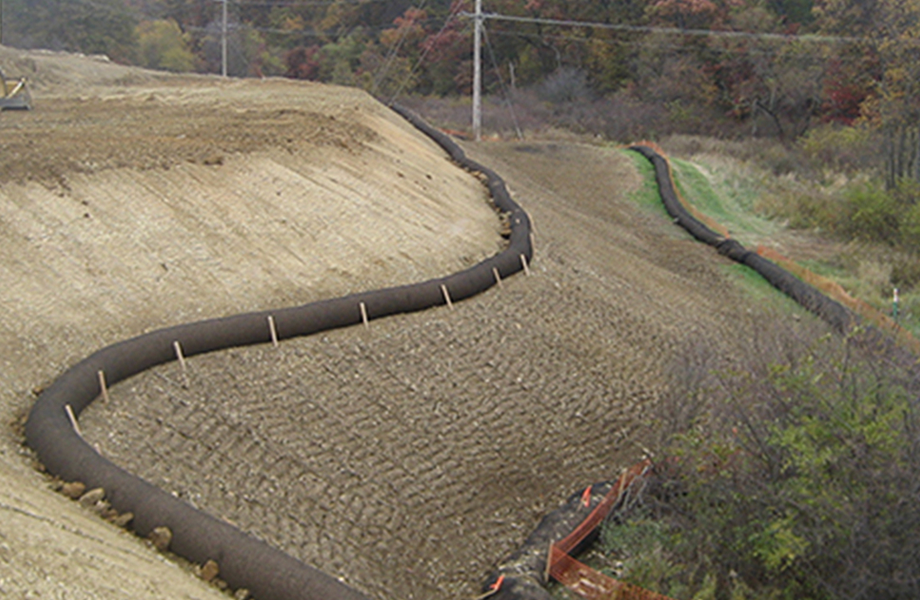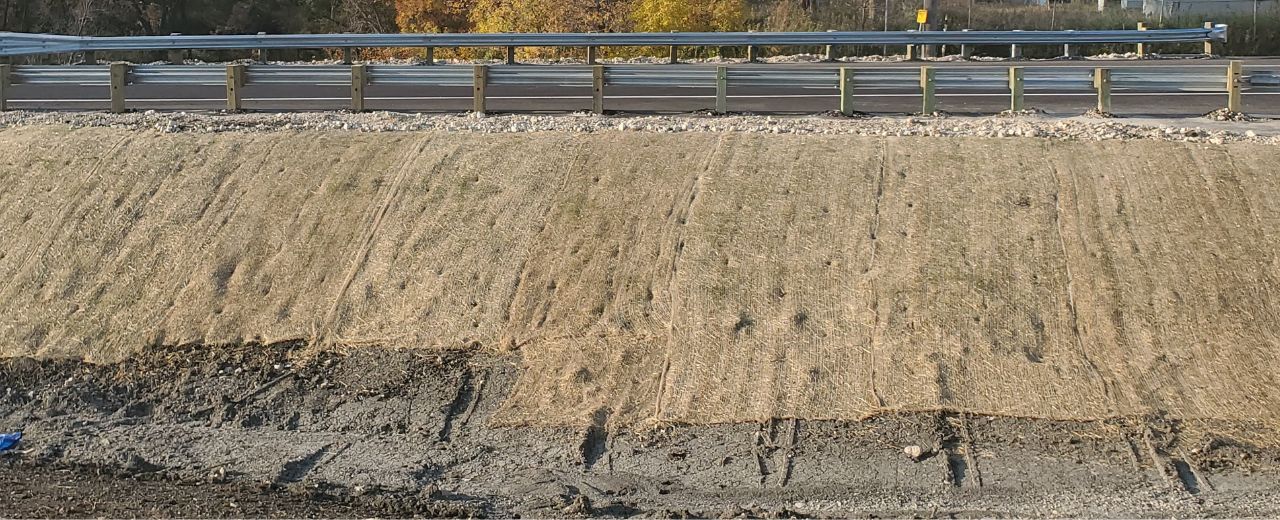Reliable Strategies by Memphis Erosion Control Solutions erosion control
Ideal Practices for Disintegration Control in Building And Construction Projects
Are you working with a construction job and worried regarding disintegration control? Look no more! In this write-up, we will direct you with the most effective techniques for protecting against disintegration on your website. You'll uncover 5 crucial strategies, reliable debris and runoff management techniques, essential considerations for slope stabilization, and suggestions for securing plants and dirt. We'll also look into the significance of carrying out appropriate drainage systems. Prepare yourself to deal with erosion head-on and guarantee the success of your construction task.
5 Crucial Disintegration Control Methods

To efficiently control erosion on your construction website, you'll require to apply crucial strategies such as incline stablizing and sediment control steps. Slope stabilization is crucial in protecting against dirt disintegration on high slopes. Another effective strategy is the usage of erosion control blankets or floor coverings, which are put on the incline and assistance keep soil fragments while allowing plants to grow.
Reliable Sediment and Runoff Management

You can effectively handle sediment and overflow in your building job by applying correct disintegration control actions. Debris and drainage monitoring is crucial to stop erosion and protect the surrounding environment. One effective measure is the installation of silt fencings along the border of the building and construction website. These fencings assist to include sediment and prevent it from going into nearby water bodies. Another important technique is the execution of disintegration control blankets or mats. These coverings give a safety layer on bare soil, reducing the impact of rains and stopping erosion. Additionally, making use of debris basins or debris catches can assist to capture debris and avoid it from entering stormwater systems. Normal maintenance of these measures is necessary to guarantee their efficiency throughout the construction task. This includes inspecting and cleansing debris basins and regularly changing silt fences and disintegration control blankets as required. By executing these disintegration control steps, you can effectively handle sediment and overflow in your building and construction task, minimizing the influence on the setting and abiding by regulatory demands.
Trick Considerations for Slope Stablizing
When taking into consideration incline stablizing, it is very important to examine the surface and recognize potential areas of instability. You need to very carefully check out the incline's characteristics, such as its drainage, composition, and angle patterns. Search for indications of erosion, such as subjected roots, fractures, or slumping soil. These signs can provide you an idea of where stabilization steps may be required.
When you have identified the unstable locations, you can begin executing steps to stabilize the incline. One typical method is making use of preserving wall surfaces or terracing to produce a collection of level actions, which can help disperse the weight and protect against additional erosion. An additional choice is to plant plants on the slope, as the origins can assist anchor the dirt and control erosion. In addition, setting up erosion control coverings or mats can give instant protection while plants becomes established.
It's important to routinely check the supported inclines to ensure their efficiency. Maintain an eye out for any indicators of movement or erosion, and take prompt action if needed. Normal maintenance, such as checking and repairing any kind of broken actions, is additionally vital to ensure long-lasting security.
Finest Practices for Plant Life and Soil Security
One reliable way to safeguard plants and dirt on inclines is by frequently examining for indicators of erosion and taking immediate action if needed. By being observant and positive, you can avoid additional damages and make sure the security of the incline. Begin by checking the incline for any kind of signs of disintegration, such as look at here revealed origins, bare dirt patches, or sediment accumulation at the bottom. It is important to deal with the issue quickly if you notice any of these signs. Implement disintegration control actions such as mounting erosion control blankets, mulching, or perhaps creating maintaining walls if needed. Additionally, growing plants can substantially help in stabilizing the dirt. Select native plants that have deep root systems, as they are more effective in preventing erosion. Make sure to routinely analyze the health and wellness of the vegetation and provide necessary upkeep, like watering and fertilizing. Remember, erosion can swiftly worsen and trigger serious damage, so it's necessary to resolve it asap. By taking aggressive actions and regularly monitoring the slope, you can safeguard the plant life and soil, making try this sure the lasting security of the area.
Implementing Correct Drain Equipments
To properly carry out proper drainage systems, it's crucial to think about the slope gradient and soil type. Recognizing these elements is essential when it comes to taking care of water circulation and preventing disintegration. The incline gradient plays a substantial function in establishing exactly how water moves throughout the land. Steeper inclines can lead to much faster water circulation, increasing the threat of disintegration and flooding. On the other hand, gentler slopes allow water to move much more gradually, lowering disintegration potential. By evaluating the incline gradient, you can design a reliable drainage system that accommodates the all-natural water motion.
Dirt type also influences water drainage system style. Various soil kinds have differing degrees of permeability, impacting how water is absorbed and drained. Sandy soils tend to drain pipes faster due to their rugged texture, while clay soils have a slower drain price due to their compact nature. Understanding the soil type aids in selecting proper water drainage techniques, such as using absorptive materials or installing French drains pipes. In addition, considering the soil attributes aids prevent waterlogging, which can result in inadequate plant development and damage to structures.
Final Thought
To conclude, when it comes to erosion control in construction jobs, you need to comply with these ideal methods. Implement reliable sediment and overflow administration techniques to avoid contamination. Consider slope stabilization techniques to make certain the security of the website. Secure plant life and dirt by utilizing proper measures. Related Site Develop appropriate water drainage systems to take care of water flow (Memphis Erosion Control Solutions hydroseeding). By following these important methods, you can properly regulate disintegration and ensure the success of your building and construction project.
To effectively control disintegration on your building site, you'll require to carry out essential techniques such as incline stabilization and debris control procedures. Incline stabilization is crucial in preventing dirt disintegration on high slopes. One more reliable strategy is the use of erosion control coverings or floor coverings, which are positioned on the incline and help maintain soil bits while permitting plants to grow. Another option is to grow greenery on the slope, as the roots can aid anchor the dirt and control erosion. Implement disintegration control steps such as setting up disintegration control coverings, mulching, or even creating maintaining wall surfaces if needed.